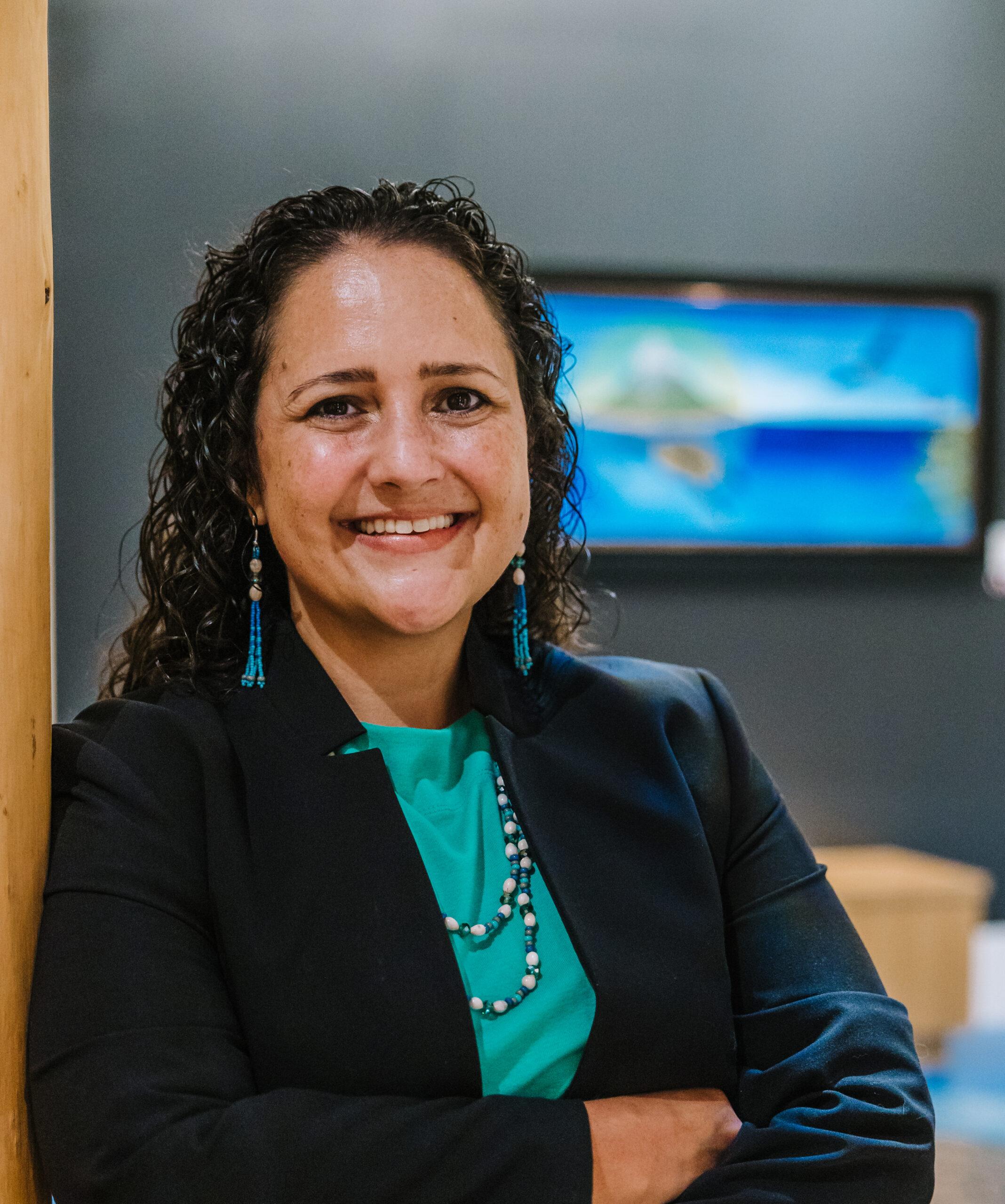American Indian and Alaska Native Children Live in Diverse Family Structures
Our new analysis of five-year data from the American Community Survey (2017-2021) finds that, among children under age 18, American Indian and Alaska Native (AIAN) children live in a diverse range of family structures. Among AIAN children, 39 percent live with married parents, 12 percent reside with unmarried cohabiting parents, 28 percent live in single mother families and 9 percent live in single father families, and 12 percent do not live with either parent (many of these children live with grandparents). Of the family structures examined, AIAN children have more sizeable representation in most, relative to all U.S. children. For example, although only a minority of AIAN children live with single fathers, the proportion is nearly twice that seen among all U.S. children. The diversity of AIAN family structures illustrates the need to ensure that policies and programs that aim to serve AIAN children are accessible across family types.
A sizeable share of American Indian and Alaska Native (AIAN) children live in each family structure
Percentages of AIAN children who live with married parents, unmarried cohabiting parents, single mothers, single fathers, and no parent in the household

Source
Family structure matters for children’s health, and for their economic and developmental well-being. Some research finds that AIAN children in single-parent families show poorer health outcomes than their AIAN peers with two married parents. However, recent research highlights that protective and risk factors can change disparities in child outcomes across family structures. For example, access to extended family and traditional culture is linked with strong developmental outcomes; on the other hand, socioeconomic stress and perceived discrimination are associated with decreased well-being among AIAN children.
The diversity of AIAN family structures reflects AIAN families’ historical and contemporary cultural assets and structural barriers. Historical oppression (e.g., forced relocationand boarding schools) undermines AIAN families and transmits its impact to future generations. A continuing lack of health infrastructure and economic opportunity limits AIAN caregivers’ access to resources needed to stabilize their families and support their children’s needs. These challenges are present in multiple systems, including education, employment, housing, child care, and health care. In collectivist AIAN cultures—in which members of a clan share resources across actual and perceived kinship ties—many AIAN families extend support beyond biological parents, often to grandparents and other relatives, in the upbringing of their children. Some of these caregiving relationships are only partially captured in the ACS, as the survey collects information solely from individuals who live in the same household.
Effective policies that strengthen access to supports for parents and caregivers, such as those that increase access to the labor market and targeted income supports, can help reduce health and economic disparities across AIAN family structures by strengthening protective factors for all children, especially those in single-parent and non-parent families. This approach also has the potential to mitigate racial/ethnic disparities in undesirable outcomes between AIAN and other children, through reduced inequality by family structure.
Related Research
- Relative Foster Care Is Increasing Among American Indian and Alaska Native Children in Foster Care
- Latest Census Estimates Show Disproportionate Poverty Among American Indian and Alaska Native (AIAN) Children and the Overall AIAN Population
- 5 Million More Children Experienced Poverty in 2022 Than in 2021, Following Expiration of COVID-era Economic Relief
Methodology
Acknowledgments
Suggested citation
Pourier, J., Chen, Y., & Around Him, D. (2023). American Indian and Alaska Native children live in diverse family structures. Child Trends. https://doi.org/10.56417/2499a7141k
© Copyright 2025 ChildTrendsPrivacy Statement
Newsletter SignupLinkedInYouTubeBlueskyInstagram

